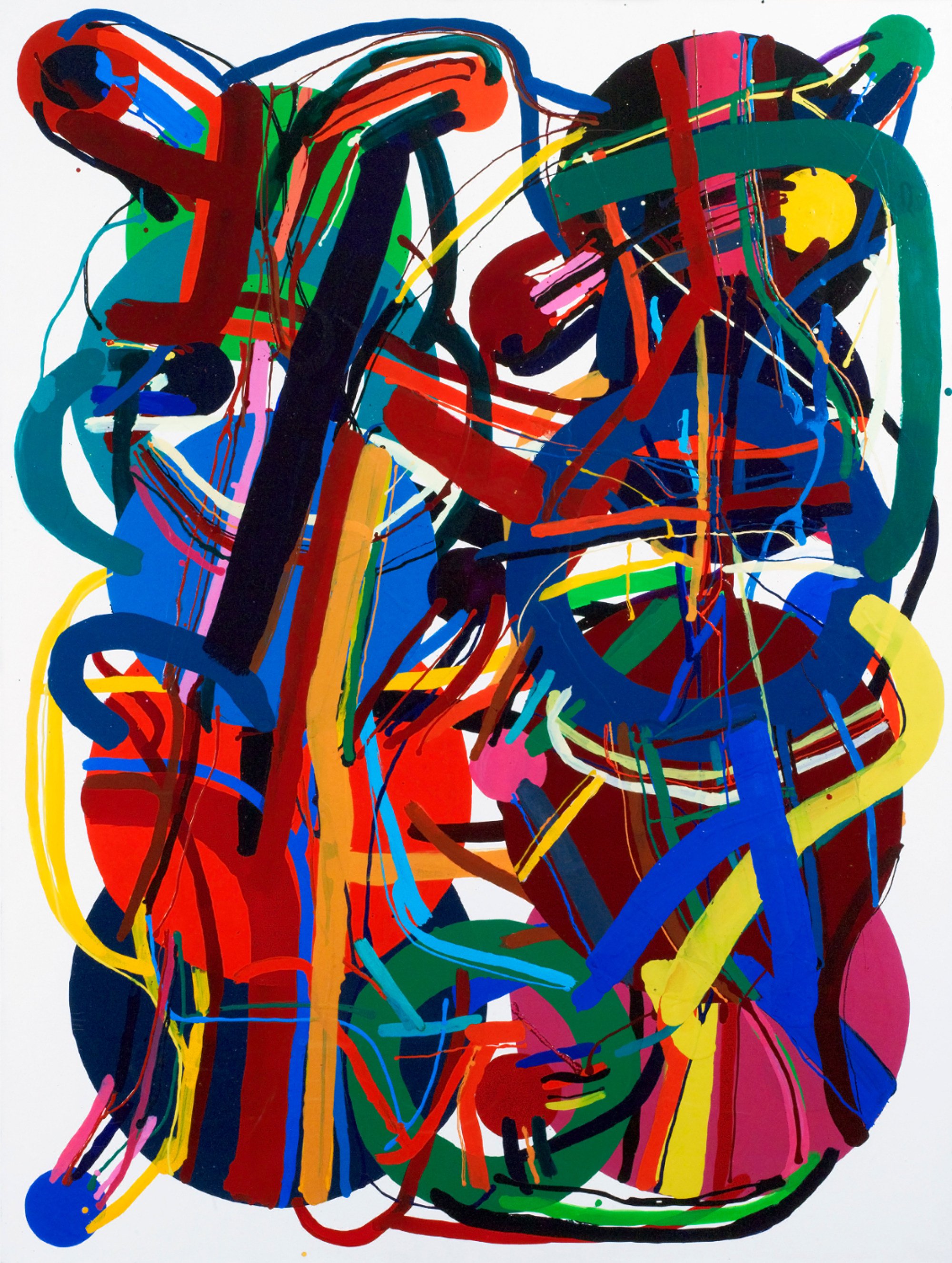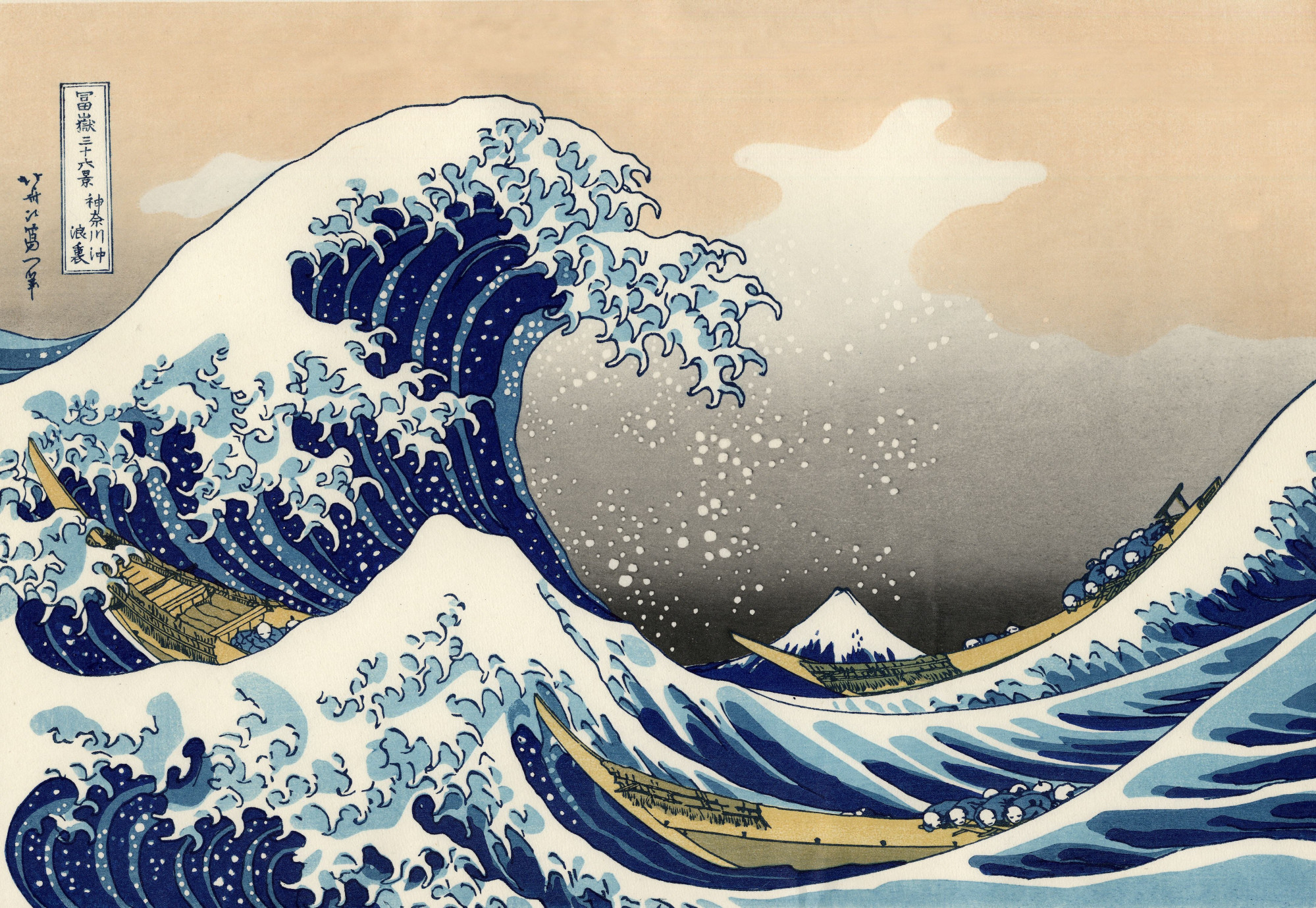How are NFTs disrupting the art market? Beeple’s Everydays and CrytoPunk collectibles made millions at auction while Bored Ape Yacht Club drew celebs including Justin Bieber and Snoop Dogg


An NFT – or non-fungible token – is an irreplaceable unit of data that’s verified on the blockchain. In an art context, this may point to either a real-life or purely digital piece, and has been touted as a solution to a perpetual challenge in that traditional scene: proof of provenance.
Three months after Everydays made headlines, Sotheby’s brought in US$11.8 million for a CryptoPunk collectible – the first profile picture (PFP) NFT series, minted in 2017 with each having a distinguishing characteristic. The one under the hammer – #7523 – was the only Punk wearing a surgical mask.
Perhaps laughably inconsequential by traditional standards, NFT collectibles spice up their offer with high liquidity, real-life giveaways plus games and utilities that tap into our sense of community. PFP project Bored Ape Yacht Club, for instance, has enjoyed a cult following from celebrities including Justin Bieber and Snoop Dogg thanks to its exclusive access to virtual and real-life events, metaverse land and more.
Meet Elon Musk’s millionaire brother, Kimbal

According to “The Art Market 2022” report, combined sales of all NFT art and collectibles on the Ethereum, Flow and Ronin blockchains have grown from US$4.6 million in 2019 to US$11.1 billion in 2021. Compare those numbers with the global art market of US$65.1 billion and it is clear that the growth has been supercharged: the value of art-related NFTs alone – defined in the report as work made by artists or by generative art algorithms under 10,000 pieces – expanded a hundredfold year-on-year, reaching US$2.6 billion.
While NFTs undoubtedly leveraged the bricks-and-mortar strategy of legacy auction houses a year ago, the NFT art landscape has been magnified by digital marketplaces springing up alongside traditional art players as the new genre catches imaginations. However, with crypto art still finding its footing in such a novel space, it’s also struggling to make good on the fanfare and differentiate itself from the more speculative collectibles.
Dr Clare McAndrew, founder of consulting firm Arts Economics and author of “The Art Market 2022”, said the definition of art has long been expanding, along with collectors’ portfolios.

“We’ve had this debate all through the years as to what you can call art,” she said. “This murkiness is not confined to NFTs: let’s take a vintage handbag, is that antique or design? I’m optimistic that things have a place in art history and these will stand the test of time.”
A year after the sale of Everydays, there’s a wide range of digital art on offer. In the traditional world, top-tier auction houses are putting PFPs under the hammer alongside conventional, one-off artworks. Sotheby’s inaugurated its own NFT marketplace – Metaverse – and Christie’s even hosted its first on-chain (100 per cent blockchain payments) auction on leading NFT platform OpenSea rather than on its own website.
Is Baahubali star Rana Daggubati an investment king?
However, Noah Davis, Christie’s head of digital sales, anticipates that NFTs will explode across all realms. “I think once we moved beyond the dissonance of crypto art’s anarchic, often dumbed-down, sometimes even ‘kitschy’ visual language, people started to understand the incredible utility of this medium to give currency to ephemeral goods. It’s not just useful for things like digital art … an NFT can be used to vastly improve upon the frankly very silly idea of a paper certificate of authenticity.

“We feel very confident that this is just the beginning. The impact of this nascent market has been far greater than just on the art world, affecting the worlds of music, retail, social media and sports.”
Galleries are catching up too. The internationally renowned Pace Gallery has launched a dedicated NFT platform and even local galleries like Bamboo Scenes – which specialises in images by Hong Kong-based photographers – put on its first NFT sale in a virtual showroom this March.
Efforts also continue to narrow the gap between traditional spheres of art and crypto-scapes. Hong Kong’s Digital Art Fair last year sculpted an NFT edge to the portfolios of traditional contemporary artists; platforms like SuperRare and Art Block highlight only digital art; and players like LaCollection have partnered with The British Museum in NFT sales of renowned works such as William Turner’s watercolours and Katsushika Hokusai’s The Great Wave off Kanagawa, in the hope of converting more art aficionados, rather than just the crypto riche, to the world of NFTs.

Shivani Mitra, managing director and curator of the Museum of Crypto Art – a virtual home for notable and emerging artists, says while auction houses have sparked a paradigm shift in NFTs, the public still needs to associate the term with art. She predicts that by the end of the year, the market will settle, leaving behind only artists and collectors who are truly passionate.
“Beeple’s sale a year ago set into motion moneymaking pursuits, but it also welcomed masses of artists into crypto,” she said.
In the next year, she anticipates innovation in aesthetics, technology and social engineering.
Which celebrities have the most valuable NFT portfolios?
“Aesthetic innovation is a 3D object that can be imported into the metaverse; technological innovation would include AI engines continuously churning meta data out of NFTs, which change with the users. The art will interact with each other: these innovations will be as intriguing to collectors as the art itself,” she added.
The industry’s youth brings enormous possibilities. As NFT art carves out its niche, industry leaders hope that it will eventually peel itself away from the speculative world of crypto. Until then, corrections in the market are entirely possible.
Beeple was famously quoted as saying that NFT art is a bubble, as was the internet itself back in the day. As with the net, the bursting of the bubble didn’t see everything fizzle to nil, but created novel possibilities that spurred renewed growth.

- Sales of NFT art and collectibles are booming on Ethereum, Flow and Ronin with Christie’s hosting its first blockchain auction on NFT platform OpenSea
- Meanwhile, LaCollection partnered with The British Museum in NFT sales of well-known works by William Turner and Hokusai’s The Great Wave off Kanagawa